Ten years ago, I decided to pursue something that had long been niggling at me: writing a book. I’m sure anyone who’s ever attempted this endeavor can tell you that it feels insurmountable at first. I know it certainly did for me. But what had me the most hung up was the notion that all writers follow the same exact process for writing a book. I’d done a bit of research by this point, and all arrows pointed to this conclusion.
Here’s what I thought must happen: First, a writer outlines their book. Then, they research. Next comes writing said book according to the outline and research. And once this is done, voila–you have a neatly written first draft which you will revise a couple of times and then send off to be published (ha ha ha!).
The problem was, this process didn’t work for me. In fact, I’d freeze up at the outlining stage every time. As you can imagine, this was quite inhibiting. Eventually, I learned to embrace my own process for writing a book–one that would not include an outline of any kind. My process is somewhat messy and very time consuming, but it works for me. I’ve now completed six manuscripts with it anyway.
I was thrilled to find that I wasn’t alone with my pantsing method, even among published authors. Yes, I would still love to streamline my process and learn to be more efficient, but even if I never do, it’s okay. Like I said, I’ve made it work.
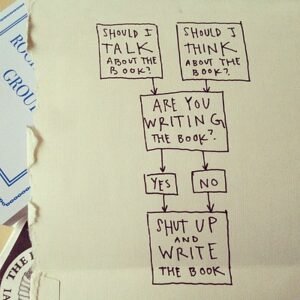
To be more precise, here is my typical process (which may change a little, depending on the book):
It always begins with an idea; it could be a character or two, a book title (yes, several of my books have started simply as a title), a place, or a problem. Sometimes, it’s several of these things combined. I like to develop this idea a little (usually in my head, while I’m taking my daily walks) and then I start writing my ideas in a new notebook. I’ve also found that writing a short synopsis of what I think the story will entail is very helpful. I may not be able to outline but I can write a mean synopsis! I have a good idea of the beginning, middle, and end, but I am never married to this synopsis. Things can change.
I do some research–enough to where I feel comfortable enough to start writing– and then I just go for it. I research along the way and I keep writing. Eventually, I have a first draft completed. Is it pretty? Nope. Is it too short. Always. But once I have a draft, I have something I can work with at least.
By this point, I’ve gotten new ideas to add to the book. In revisions, I work to flesh out the characters, the setting, and each individual scene. This sometimes involves deleting or rewriting entire scenes or chapters. Sometimes, it means adding in new scenes or chapters.
With each revision, I continue to further flesh out the story, including the theme, the overall story arc, as well as individual character arcs. It’s a long process. I may revise three or four times before I let beta readers or critique partners read it. Then, I revise again according to their feedback. When all is said and done, a book may go through 8-12 (or more!) revisions, but when I feel it’s ready, I then listen to the book on a text-to-speech app before moving on to the next step: seeking publication.
I thought it would be both fun and informative to share a few other published authors’ processes for writing a book. Even though there are some commonalities, I think this will go to show that no two writers work exactly the same–yet here we all are, published. 🙂
First up, Halli Gomez, author of List of Ten:
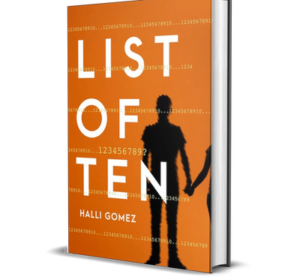
The beginning of the writing process always starts with the idea. You have to know what you want to write before you can begin. When that spark hits, I let it sit for a few days to see if it develops into something bigger. If it’s an idea that wants to be written, it will invade my every waking hour. The next step for me is to take notes on characters, plot ideas, setting, which will then turn into the first few chapters. When I get to the point where I can see a beginning, middle, and end (even if I’m not sure how to get to each section), I will begin more in-depth character research, who they are and how that influences their actions. This is the point where I really learn about them.
From there, I take out a folder. One of the paper ones my kids used in school. If an idea gets a folder, it will become a completed manuscript. (That’s my superstition and motivation.) Then it’s back to writing (first draft is always handwritten). Next is revising, more research into character, details, and setting, then more revising. It’s all about the revisions. At some point in this process, I send it off to my brilliant critique partners. Based on their recommendations, I will revise again until it is a completed manuscript.
Jeff South, author of Kilroy Was Here:
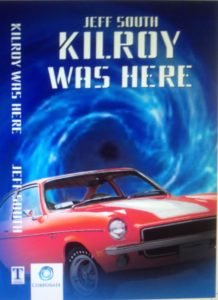
I usually start with a scene idea or character idea and just write. Usually something gets triggered by a song. I just write a scene and see where it goes from there. This makes me a pantser.
The plot loosely comes together as the story develops and the characters start to take shape. Notes taken along the way help with knowing what needs to be fleshed out or explored further.
Once the lousy first draft is done. I go back and read the entire manuscript, making note cards of scenes, plot points, and character info. Cards then get arranged and rearranged in a way that makes sense and I parse out anything that doesn’t work anymore. Also, since I tend to focus more on comedy, this part of the process includes working on how to make things funny. A combination of re-reads and feedback from trusted readers is key to the revision process and, when that part is flowing, I usually revise one to two pages a day for the final draft.
Ginny Myers Sain, author of Dark and Shallow Lies:
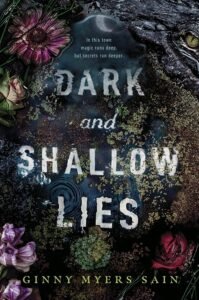
My stories almost always start with a really strong sense of setting. I don’t know the characters or the plot at first. I just know the world. So I start with the “where”, but then I have to figure out the “who” and the “what”. For me, that figuring out process looks like a lot of staring at nothing, day dreaming, and covering pages in in almost incomprehensible notes and random ideas until finally something clicks and a real story idea starts to take shape.
People always want to know if I’m a “plotter” or a “panster”, and I always say that I’m a bit of both. Once I actually sit down to get to work, I create an outline of all the major plot points. I know the beginning and I always know the end, and I know all the really big things that happen in the middle. But the little things, like how I get from point A to point B, those are the things that I figure out as a I go. To me, that’s where the real magic of the creative process happens, in all those little moments that just sort of materialize out of nowhere as I write.
For me at least, planning out the major plot points in advance leaves me more able to focus on the little discoveries that really bring the story to life. As far as the rest of a writing routine goes, I’m a little chaotic. I don’t have set writing times or a daily word count or a a ritual that I use every day. It all just depends on where I am in the process, how tight my deadline is, and what else is going on in my life. I have discovered that I do my best writing late at night, so I’ve embraced that night owl lifestyle. A good snack and a quiet house are key for me.
As you can see, every one of us is different in how we approach story ideas, drafting, and even revising. The only way to find what works for you is trial and error–but please don’t get stuck like I did at first, thinking that there is just *one* writing process you must follow. There definitely isn’t.
Happy Writing and Reading!
Casie
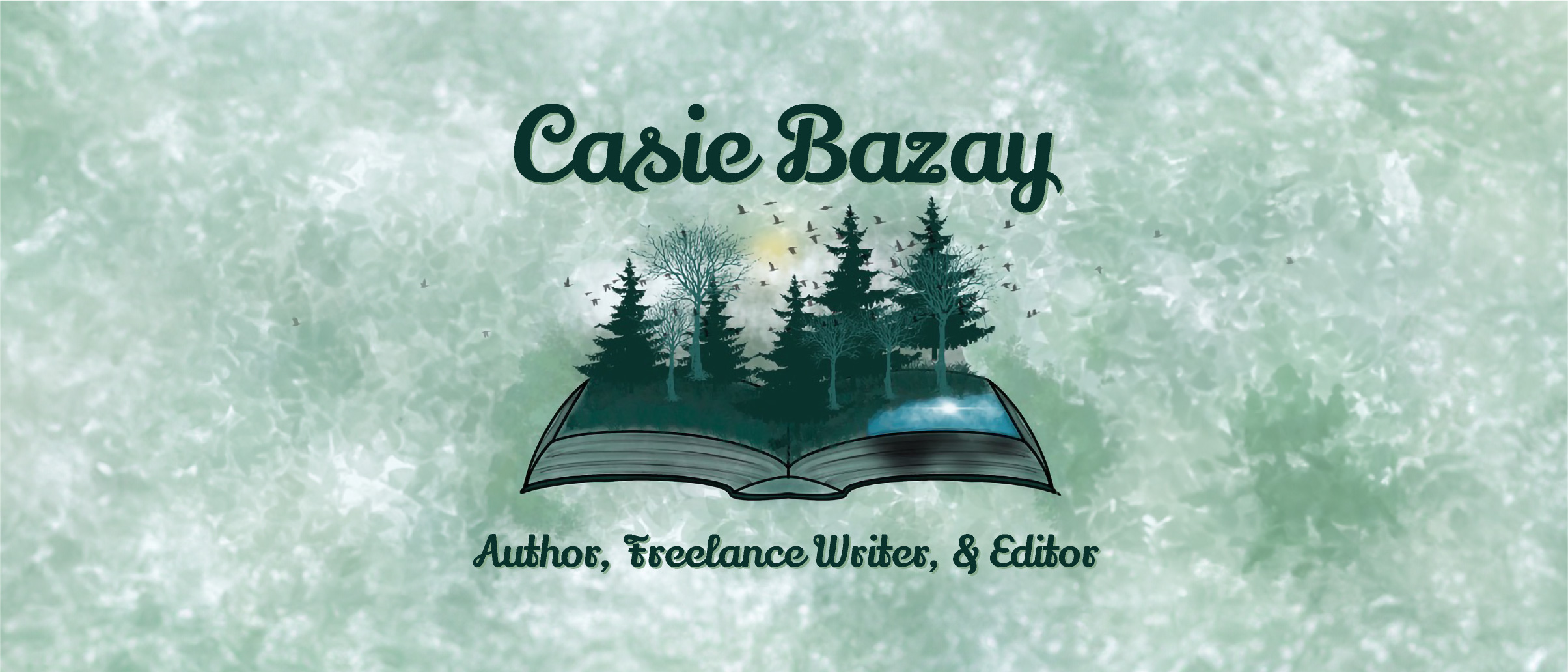

Anita McDivitt Barrios
Love this! I wasted a couple of years in a crit group run by someone who felt that their way was the only way to write, when what I really needed was to learn about story structure first. I’m still struggling with getting the external plot **just right.** No one process fits all. This message needs to be put out there for more writers to hear more often. TY!
Casie
Thanks, Anita and I totally agree. A one-size-fits-all approach seldom works for anything!